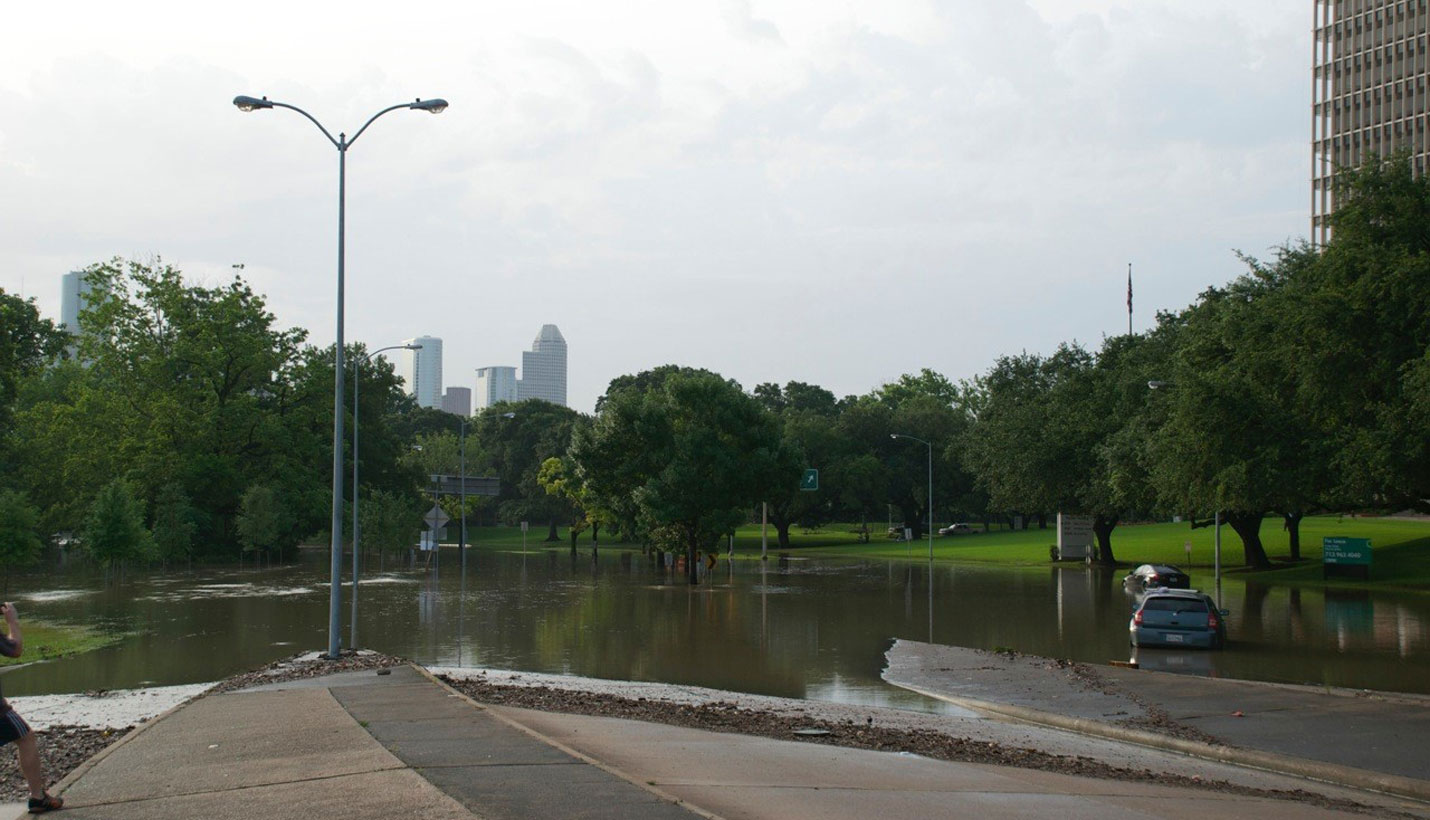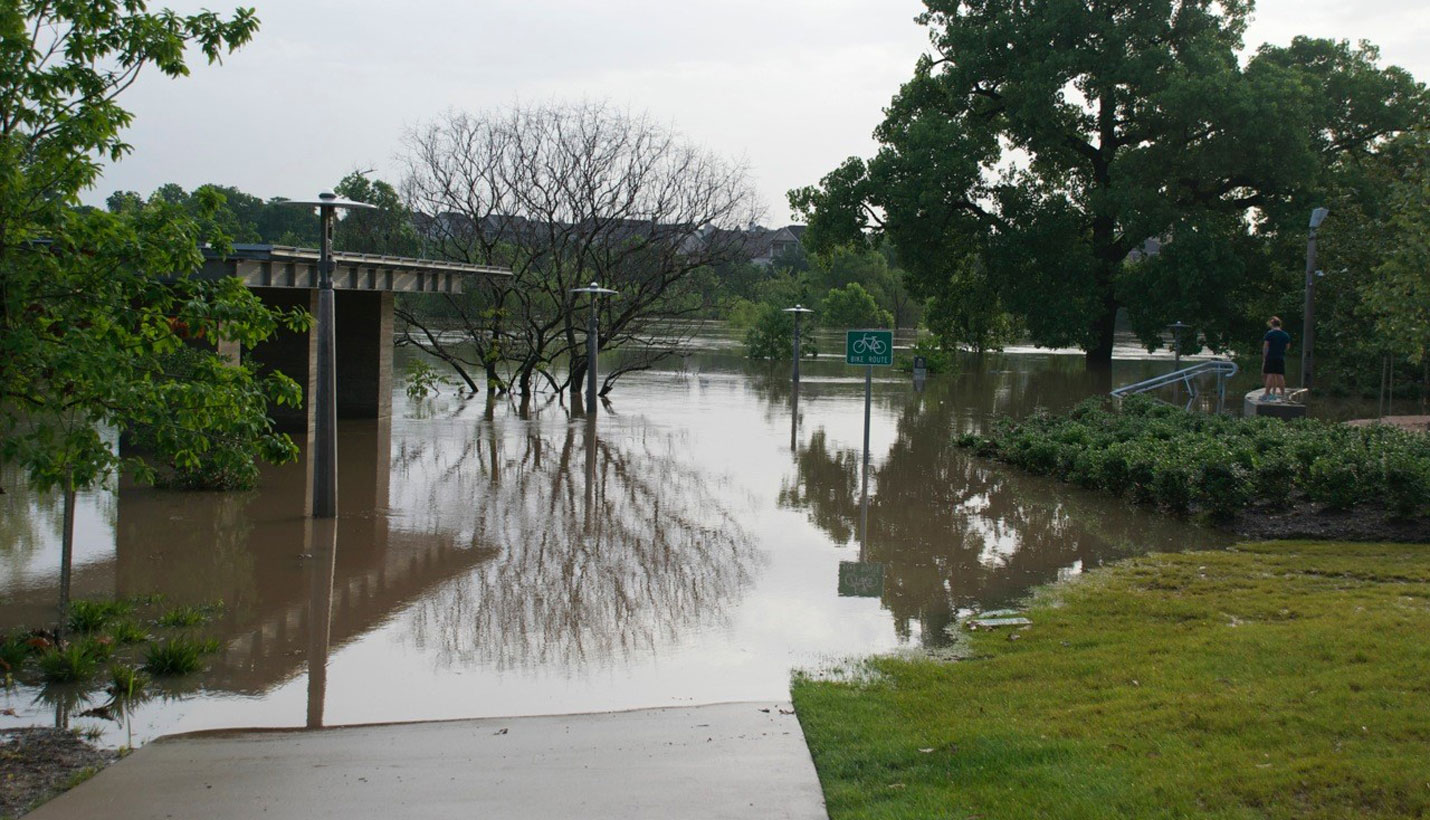Ten Things To Do Once Flooded
Page Principal Jeff Willis has been involved in flood mitigation for more than 15 years, providing services to companies and institutions affected by floods along the Texas Gulf Coast caused by storms such as Tropical Storm Allison and Hurricanes Katrina and Ike. The facilities assessed, remediated and restored after floods have represented hundreds of millions, if not billions, of dollars. With all of the flooding that has recently affected so many areas in the country, Jeff provides ten tips that may prove to be very useful!
1. Remain calm – this is a very stressful time. Planning and strategizing for the long term will make it go much smoother. Remember, “Long is short and short is long”. It will make more sense later.
2. Photograph everything damaged BEFORE it is removed. As much as possible keep damaged materials and furnishings on site (outside) for the insurance company to review. It reduces the haggling later. This is ESPECIALLY true if you have FEMA flood insurance.
3. Disconnect all electrical power.
4. Do NOT reenergize electrical systems or components until all wet electrical components (e.g. receptacles, wiring, transformers, etc.) have been REPLACED. No manufacturer will warrant their equipment once wet or damaged by moisture. The risk of fire due to bacteria degrading wire insulation in the future is not worth the risk.
5. Disable all HVAC equipment. Recirculating air will allow mold spores to get into the ductwork. Running HVAC equipment in cooling mode before the building is dried out (Step 10) will result in mold and bacteria growing in the coils and drain pans. No one will ever get it out without the permanent installation of ultraviolet (UV-C) lights.
6. Remove ALL wetted furnishings, furniture and porous materials, including doors. EVERYTHING which will hold moisture MUST go. Do not save anything. Flood water has all kinds of bacteria in it and when exposed to the correct conditions will blossom and grow. No one wants a lawsuit in the future because someone got sick in the facility.
7. Remove ALL drywall a minimum of one foot higher than the highest flood water. For each week the walls remain in place remove an additional foot of drywall. All means ALL. If that requires taking the building apart, so be it.
8. Dry the facility using natural ventilation and/or fans or commercial dehumidifiers. If you have a professional remediation company (Blackmon Mooring, ServPro, etc.) coming in, which I recommend you do, they will know how to do it correctly. Unfortunately, most DIYs cause long-term problems and health hazards due to their eagerness to rush through the process. This will feel like it takes forever as everyone will be only too eager to put the facility back together. Stay cool.
9. Spray a disinfectant (Clorox, etc.) to kill active bacteria and mold.
10. Once all moisture is gone, spray all surfaces to be covered by drywall, casework, etc. (e.g. metal studs, etc.) with Fosters 40-20. In my opinion there is NO SUBSTITUTE for this excellent fungicide coating. Nothing will grow (e.g. mold or bacteria) once sprayed with this product. I’ve seen this used in the most demanding environments (research facilities and hospitals). I’ve heard of no issues with mold coming back in over 14 years of use.
Once all these steps are complete the finishes can be reinstalled and the HVAC systems restarted. Done correctly this will not be a quick process but the long-term results will be worth the effort.
Contributed By
Jeffrey S. Willis, PE, ACP, LEED AP
07/01/2015











